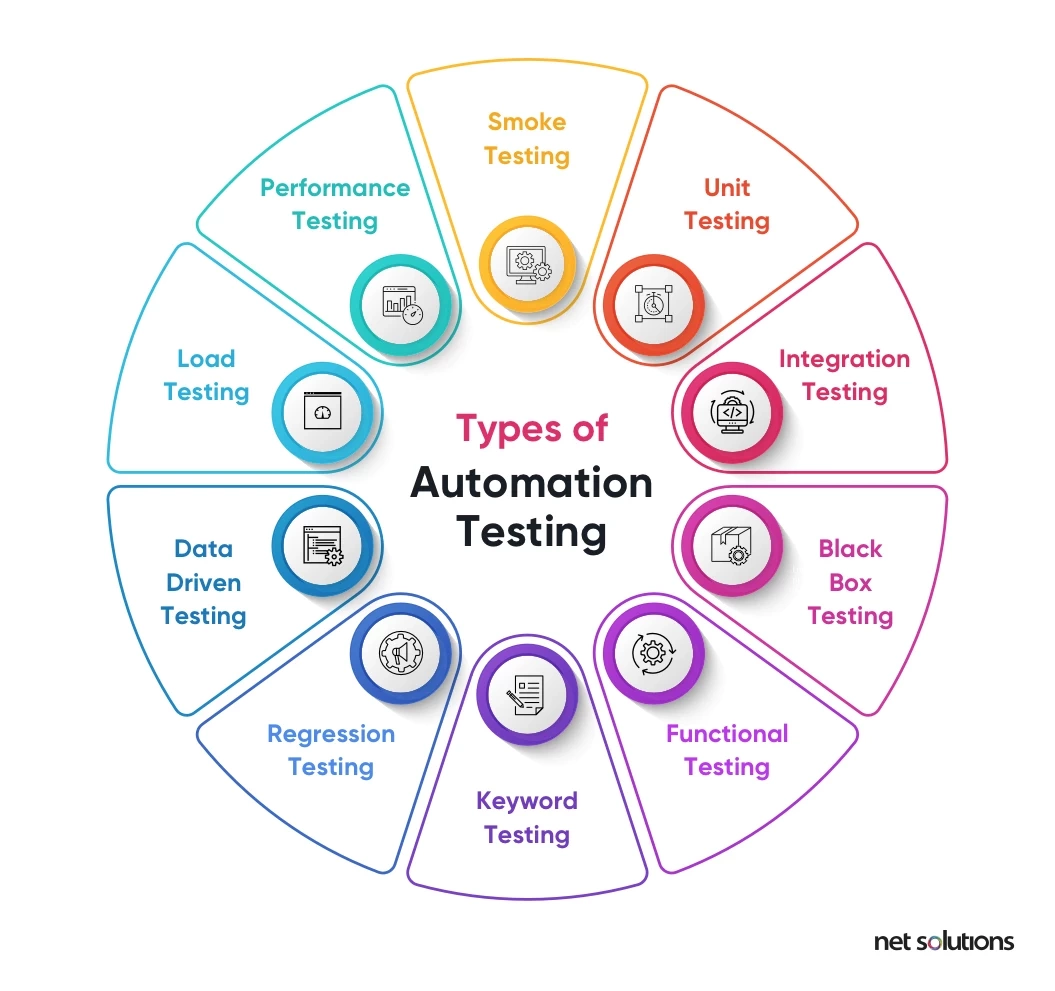Making Certain Success in Automation Checking: Key Metrics, Difficulties, and Solutions Every QA Group Ought To Know
In the realm of software quality guarantee, the landscape of automation screening is ever-evolving, requiring a careful technique to guarantee seamless operations. The trip to understanding automation screening is paved with nuances that require a keen eye for tracking, analysis, and constant renovation. As the sector propels onward, the pursuit for ideal efficiency in automation screening continues to be a constant pursuit, urging QA teams to outfit themselves with the knowledge and strategies important for triumph.
Importance of Key Metrics
Comprehending the significance of crucial metrics is crucial for reviewing the efficiency and performance of automation screening procedures. Key metrics serve as measurable procedures that provide valuable understandings right into numerous facets of the screening process, such as test coverage, examination execution time, issue thickness, and test case performance. By evaluating these metrics, QA groups can determine traffic jams, inadequacies, and areas for renovation within their automation screening framework.
One critical element of essential metrics is their capability to track progression and keep an eye on the overall health and wellness of the screening procedure (automation testing). They enable stakeholders to make informed decisions based upon data-driven understandings, which can bring about much more effective screening strategies and much better resource allowance. In addition, essential metrics can assist groups set sensible objectives, measure the success of automation efforts, and show the ROI of automation screening initiatives

Usual Obstacles Dealt With
Challenges generally come across in automation testing processes can dramatically affect the general performance and efficiency of QA groups. One of the major difficulties is the selection of the appropriate test instances for automation. Not all test cases appropriate for automation, and choosing the incorrect ones can result in lost time and sources. Additionally, keeping test manuscripts can be a difficult task, particularly as the application undergoes regular changes. Test manuscript maintenance calls for constant updates and alterations to ensure they show the current performance accurately. One more common difficulty is the initial investment needed for establishing automation structures and tools. This can be an obstacle for some organizations, specifically smaller ones with restricted budgets. Automation screening may not cover all facets of testing, such as use and individual experience testing, which still need manual treatment. Getting over these difficulties calls for appropriate preparation, strategic examination situation selection, durable upkeep procedures, sufficient sources, and a clear understanding of the constraints of automation testing.
Efficient Solutions for Difficulties
To attend to the barriers run into in automation screening, implementing efficient solutions is vital for boosting the efficiency and efficiency of QA groups. One key solution is to buy robust training programs for QA teams to ensure they have the essential skills to successfully use automation tools. Training can bridge understanding gaps, improve understanding of automation structures, and enhance scripting capabilities, inevitably causing extra efficient examination development and execution.
One more crucial service is to develop clear this hyperlink interaction channels within the QA group and with other stakeholders, such as designers and task managers. Effective interaction aids in straightening assumptions, sharing development updates, and quickly attending to issues or obstacles that may arise during the automation testing process.

Surveillance and Evaluation Techniques
Executing reliable tracking and analysis techniques is critical for guaranteeing the success and performance of automation screening procedures. In addition, evaluating examination results and metrics gives great post to read beneficial insights right into the high quality of the software program being checked and the efficiency of the screening approach.
One secret technique in monitoring and analysis is making use of dashboards that consolidate pertinent metrics and KPIs in an aesthetically accessible format. These control panels use a comprehensive review of test implementation status, test coverage, problem fads, and other vital details. Regularly evaluating and analyzing these control panels can aid QA teams make notified decisions, prioritize jobs, and enhance screening initiatives.
In addition, implementing automated signals and alerts based upon predefined limits can boost positive tracking and prompt treatment. By setting up signals for efficiency variances or test failures, teams can resolve concerns quickly and prevent them from intensifying. Generally, monitoring and analysis methods play a crucial role in ensuring the performance and success of automation screening campaigns.
Constant Enhancement Methods
Enhancing the effectiveness of automation screening procedures demands the consistent improvement of techniques and approaches. One key method to boosting automation testing procedures is to conduct routine reviews and retrospectives.

Conclusion
To conclude, it is essential for QA groups to recognize the key metrics, challenges, and options in automation screening to guarantee success. By thoroughly monitoring and analyzing data, implementing efficient services to typical difficulties, and constantly enhancing methods, QA groups can enhance their testing procedures and deliver top notch software program items. Sticking to these methods will eventually lead to more efficient and effective automation screening practices.
By examining these metrics, QA groups can determine traffic jams, ineffectiveness, and locations for renovation within their automation testing framework.
Furthermore, crucial metrics can assist teams set reasonable goals, gauge the success of automation efforts, and demonstrate the ROI of automation testing initiatives.
Obstacles generally experienced in automation testing procedures can substantially affect the general efficiency and efficiency of QA groups. Automation testing might not cover all facets of screening, such as usability and user experience testing, which still need hand-operated intervention.In verdict, it is crucial for QA teams to recognize the vital metrics, challenges, and options in automation testing to make certain success.